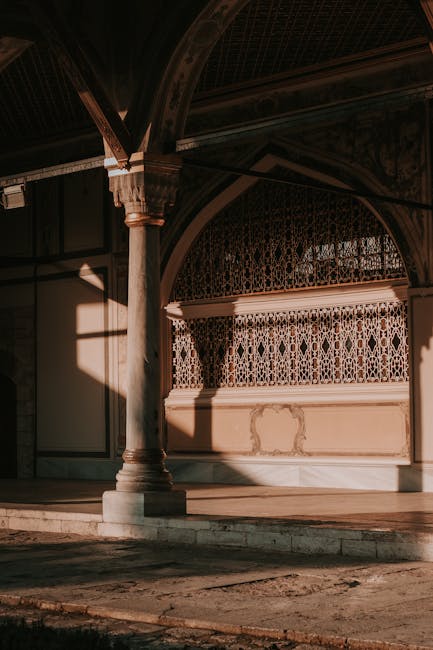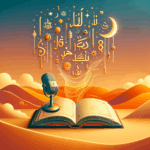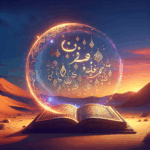The Arabic Alphabet and Its Importance in Cultural Heritage
The Arabic alphabet is more than just a method of writing; it’s a symbol of cultural identity and historical depth. From calligraphy to literature, the Arabic script has played a pivotal role in shaping societies across centuries. Let’s dive into the fascinating world of the Arabic alphabet and its cultural significance!
Table of Contents
1. Introduction to the Arabic Alphabet
2. The Historical Significance of the Arabic Script
3. Arabic Calligraphy: An Artistic Expression 🎨
4. The Role of the Arabic Alphabet in Literature 📚
5. Preserving Cultural Heritage Through Language
6. Conclusion
7. FAQs
Introduction to the Arabic Alphabet
At first glance, the Arabic alphabet might look complex, but it is a beautiful system of 28 letters, written from right to left. Its unique cursive form is not just a writing tool but an artistic expression that has influenced numerous scripts and styles worldwide. 🌍
The Historical Significance of the Arabic Script
The Arabic script has a rich history, originating from the Nabataean alphabet, and is integral to the cultural and religious identity of millions. It has been the medium through which the Quran, the holy book of Islam, was revealed, making it sacred and revered. This script has played a crucial role in unifying diverse Arab nations under a common linguistic and cultural umbrella.
Arabic Calligraphy: An Artistic Expression 🎨
Arabic calligraphy is more than just writing; it is an art form celebrated for its aesthetic and spiritual dimensions. Calligraphers transform the Arabic script into stunning visual displays, often seen in mosques, manuscripts, and modern art pieces. This art form not only preserves the language but elevates it, creating a timeless connection to cultural heritage.
The Role of the Arabic Alphabet in Literature 📚
Arabic literature, with its rich tradition of poetry, prose, and storytelling, is deeply intertwined with the alphabet. From the classical works of Al-Mutanabbi to the contemporary novels of Naguib Mahfouz, the Arabic script has been a vessel for expressing complex human emotions and narratives, contributing significantly to global literary heritage.
Preserving Cultural Heritage Through Language
Language is a living entity, continuously evolving while preserving the past. The Arabic alphabet is a testament to this, capturing historical events, cultural shifts, and the essence of Arab identity. Efforts to teach and learn Arabic across the globe are vital in maintaining this rich cultural heritage for future generations.
Conclusion
The Arabic alphabet is a cornerstone of cultural heritage, embodying history, art, and identity. As we embrace globalization, understanding and preserving such linguistic treasures becomes ever more crucial. Whether you’re a language enthusiast or a cultural explorer, delving into the Arabic alphabet offers a unique window into a vibrant world. 🌟
FAQs
Q: How many letters are in the Arabic alphabet?
A: The Arabic alphabet consists of 28 letters, each with unique sounds and forms.
Q: Why is Arabic calligraphy so popular?
A: Arabic calligraphy is renowned for its aesthetic beauty and symbolic significance, often used in religious and artistic contexts.
Q: Can I learn the Arabic alphabet easily?
A: Absolutely! With dedication and practice, anyone can learn the Arabic alphabet. There are many resources available online and in educational institutions.
Q: Is the Arabic script used in other languages?
A: Yes, several languages, including Persian, Urdu, and Pashto, use modified versions of the Arabic script.
Q: What makes the Arabic alphabet unique?
A: Its cursive style, right-to-left orientation, and rich historical and cultural significance make the Arabic alphabet truly unique.






